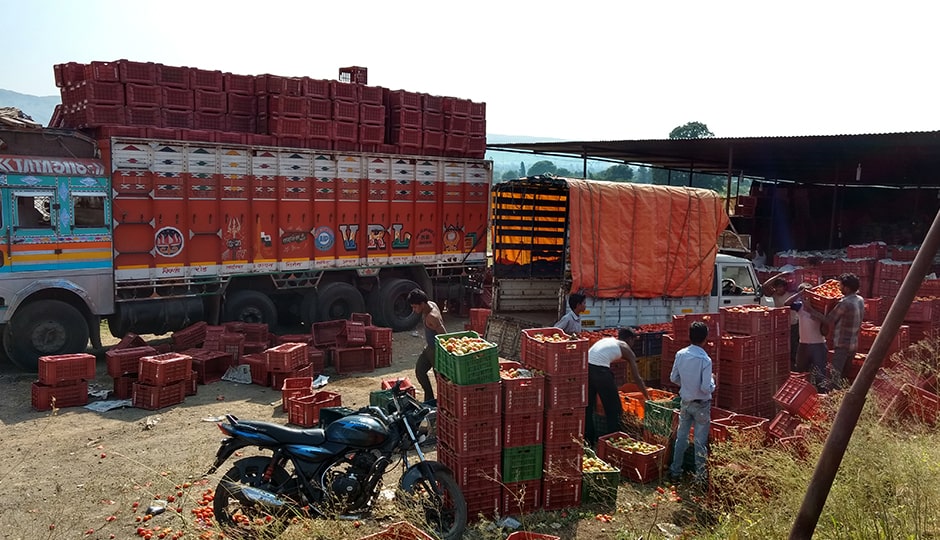
Does inefficient agriculture supply chain cause ‘distress sale’? Learnings from the experience of Maharashtra
PI: Prof. Vinish Kathuria, Shailesh J. Mehta School of Management
 There is a clearly felt gap between the idea of promoting agriculture as a principal source of livelihood for a large majority of India’s population, and the mechanisms to ensure remunerative prices to farmers for their produce on a sustained basis. It is relevant to study to what extent the inefficiencies in agriculture supply chain influences “distress sale” of agriculture produce. This issue has not been addressed using a value chain-based approach. A value chain-based approach is based on the understanding of the agriculture supply (ASC) and it describes the activities from production to distribution that bring agricultural/chain3 horticultural products from the farm to the table. A complete understanding of the agriculture supply chain will help in discerning the existing inefficiencies across the supply chain and effect of such inefficiencies on the incidents of occurrence of distress sale. This study would thus make a systematic effort to integrate a value chain-based approach and consequently suggest interventions so as to mitigate the existing inefficiencies around each of the functional areas, corresponding to production, distribution, processing, and marketing of agricultural products. This study acknowledges that distress sale is a multifaceted phenomenon and there is scope to understand this concept from various dimensions. By understanding the various triggers for distress sale and then studying each of the reason in detail would not only provide a holistic understanding of this concept, but it will also help to ascertain the common set of factors (across all reasons) which are likely to create the pressure for distress sale of farmers’ produce. Evaluating the agriculture supply chain of the selected crops, we expect to offer critical insights that would give an informed understanding of the mechanisms (including technological solutions) which may be put to use to combat the occurrence of distress sale. In line with the findings of this study, one can accordingly design interventions that would lessen such happening. Thus, potential areas of intervention can be identified from the findings of this study.
There is a clearly felt gap between the idea of promoting agriculture as a principal source of livelihood for a large majority of India’s population, and the mechanisms to ensure remunerative prices to farmers for their produce on a sustained basis. It is relevant to study to what extent the inefficiencies in agriculture supply chain influences “distress sale” of agriculture produce. This issue has not been addressed using a value chain-based approach. A value chain-based approach is based on the understanding of the agriculture supply (ASC) and it describes the activities from production to distribution that bring agricultural/chain3 horticultural products from the farm to the table. A complete understanding of the agriculture supply chain will help in discerning the existing inefficiencies across the supply chain and effect of such inefficiencies on the incidents of occurrence of distress sale. This study would thus make a systematic effort to integrate a value chain-based approach and consequently suggest interventions so as to mitigate the existing inefficiencies around each of the functional areas, corresponding to production, distribution, processing, and marketing of agricultural products. This study acknowledges that distress sale is a multifaceted phenomenon and there is scope to understand this concept from various dimensions. By understanding the various triggers for distress sale and then studying each of the reason in detail would not only provide a holistic understanding of this concept, but it will also help to ascertain the common set of factors (across all reasons) which are likely to create the pressure for distress sale of farmers’ produce. Evaluating the agriculture supply chain of the selected crops, we expect to offer critical insights that would give an informed understanding of the mechanisms (including technological solutions) which may be put to use to combat the occurrence of distress sale. In line with the findings of this study, one can accordingly design interventions that would lessen such happening. Thus, potential areas of intervention can be identified from the findings of this study.

